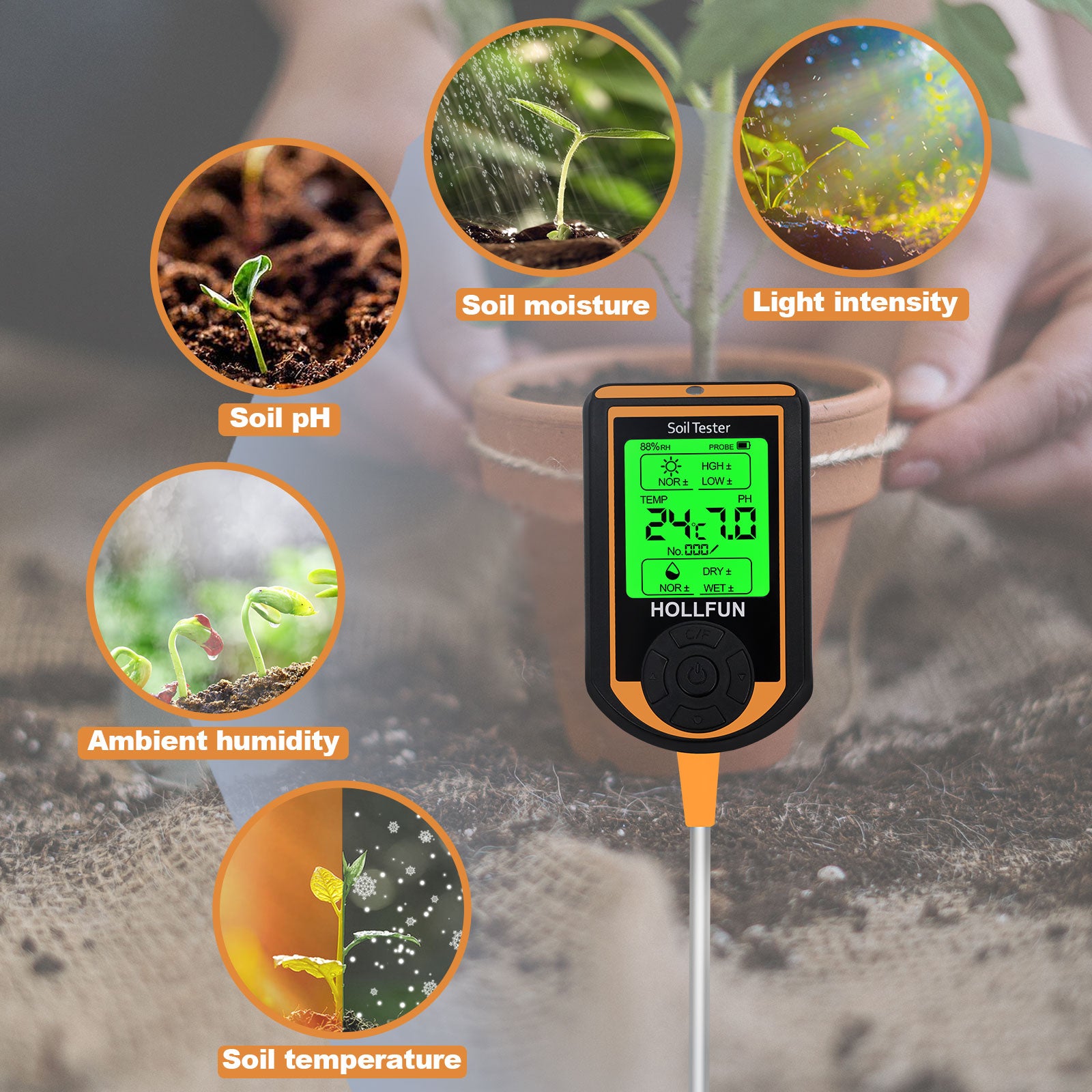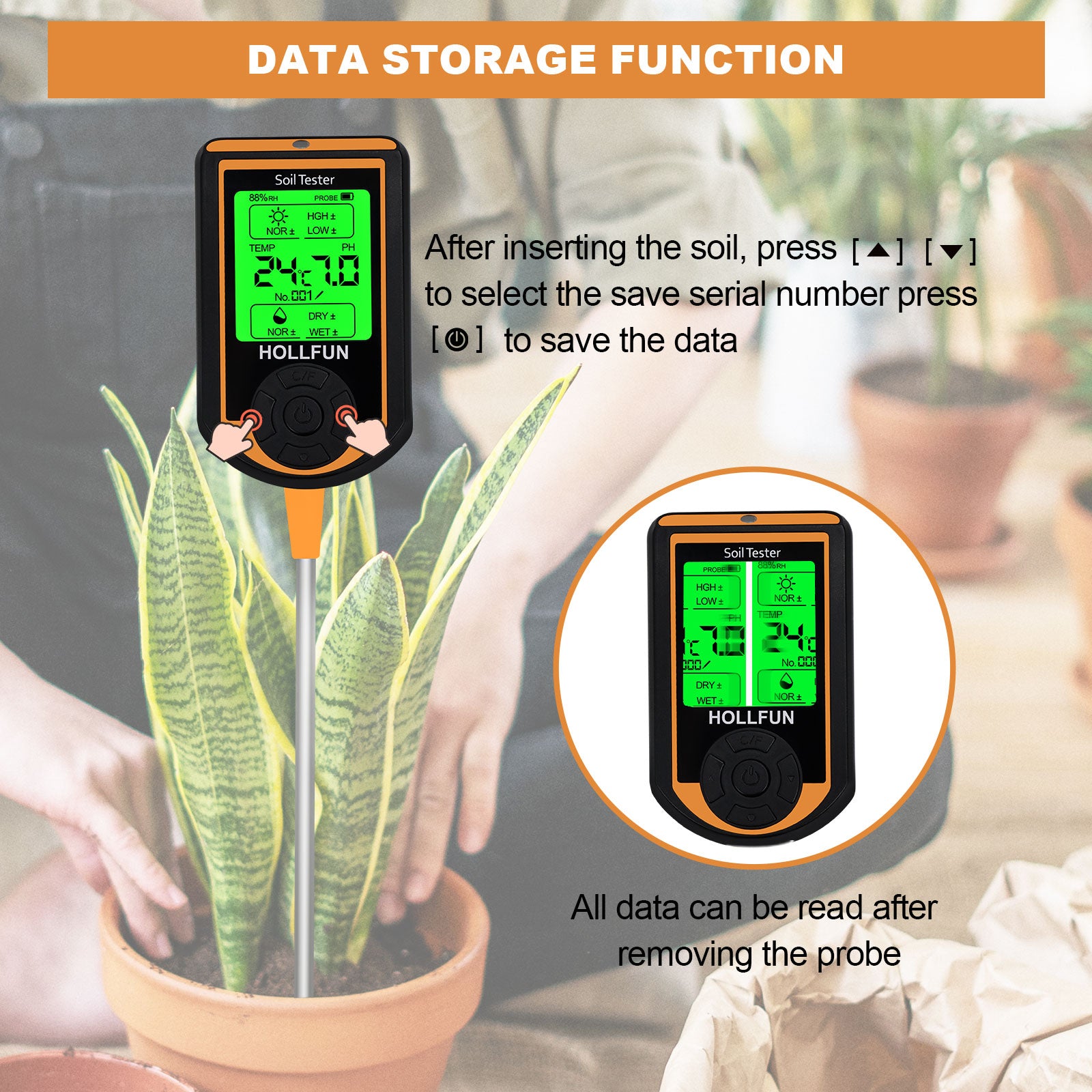Introduction:
- Orchids, with their delicate blooms and exotic allure, have captivated plant enthusiasts for centuries. While they may seem intimidating to cultivate at first, with the right knowledge and care, these stunning flowers can thrive in your home. In this guide, we'll explore the art of planting orchids, demystifying the process and offering valuable tips to help you nurture these elegant plants to perfection.
Choosing the Right Orchid:
- Before delving into the planting process, it's essential to choose the right orchid species for your environment and skill level. Popular varieties for beginners include Phalaenopsis (moth orchids), Cattleya, and Dendrobium. These species are more forgiving and adaptable to indoor conditions.
Selecting the Right Potting Mix:
- Orchids have unique requirements when it comes to potting mix. They don't thrive in traditional soil; instead, opt for a well-draining orchid mix. This typically consists of materials like bark, perlite, and sphagnum moss. Good drainage is crucial for preventing root rot, a common issue with orchids.
Choosing the Right Pot:
- Selecting an appropriate pot is equally important. Orchids prefer containers with plenty of drainage holes to ensure excess water escapes easily. Consider using a clear pot to monitor the health of the roots, as orchids benefit from exposure to light on their root system.
The Planting Process:
(1)Prepare the Potting Mix:
- Moisten the orchid mix before use, allowing it to absorb water gradually. Avoid making it too soggy.
(2)Inspect the Orchid Roots:
- Before planting, carefully inspect the orchid roots. Trim any dead or rotting roots using sterilized scissors.
(3)Place the Orchid in the Pot:
- Position the orchid in the center of the pot, spreading its roots evenly. Adjust the height of the orchid so that the base of the leaves sits just above the rim of the pot.
(4)Fill the Pot with Mix:
- Gently fill the pot with the moistened orchid mix, ensuring that the roots are adequately covered. Avoid burying the orchid too deep, as this can lead to suffocation.
(5)Watering and Care:
- Water the orchid sparingly, allowing the potting mix to dry out slightly between waterings. Overwatering is a common mistake that can harm orchids.
- Provide indirect sunlight, as orchids generally prefer filtered or dappled light.
- Maintain a consistent temperature, avoiding extreme fluctuations.
Troubleshooting Common Issues:
(1)Overwatering:
- If the orchid leaves turn yellow, it might be a sign of overwatering. Adjust your watering schedule accordingly.
(2)Insufficient Light:
- If the orchid fails to bloom, it may not be receiving enough light. Move it to a location with brighter, indirect sunlight.
(3)Pests:
- Keep an eye out for pests like spider mites or aphids. Insecticidal soap or neem oil can help control infestations.
Conclusion:
- With the right care and attention, planting orchids can be a rewarding experience. As you embark on this journey, remember that each orchid species may have unique requirements, so it's essential to research and tailor your care routine accordingly. Embrace the beauty of these enchanting flowers and enjoy the sense of accomplishment as your orchids grace your home with their elegance.











